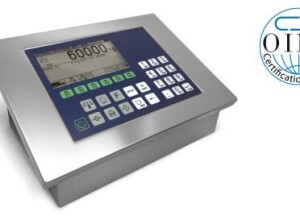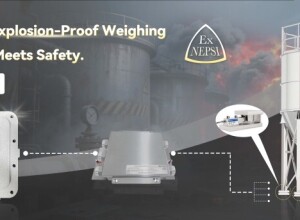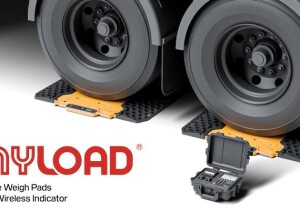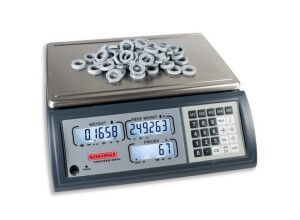Weighing Review Awards 2021
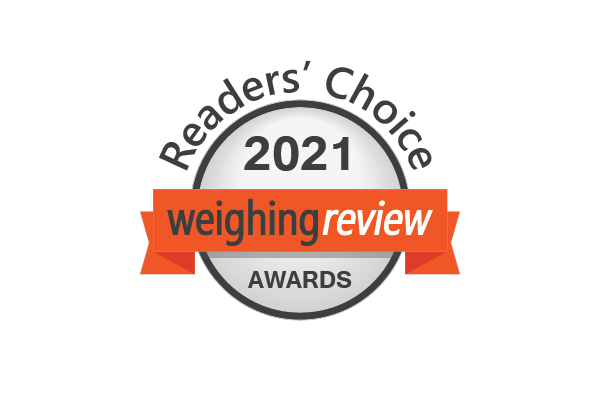
Nominated for Best Onboard Weighing Systems
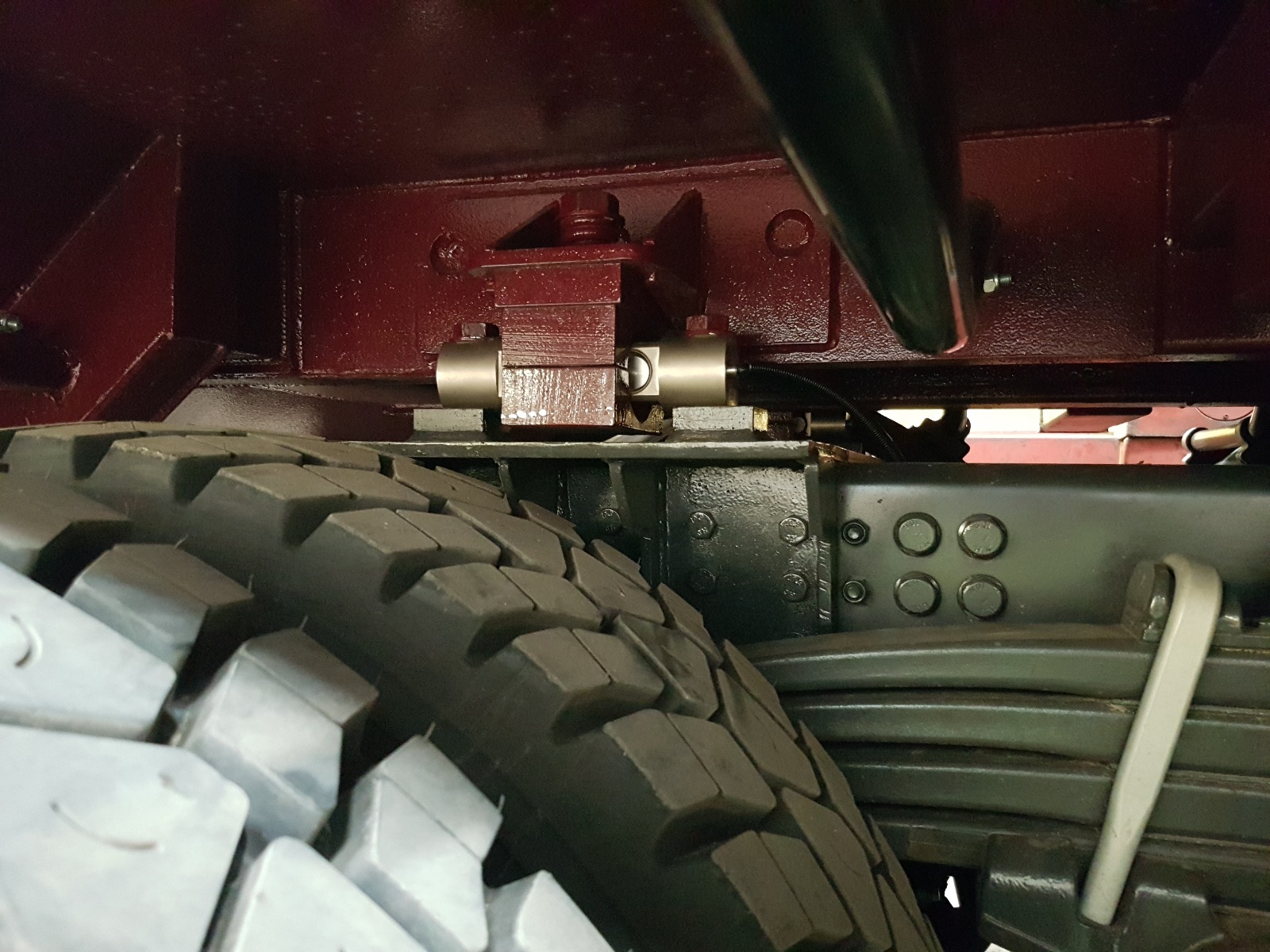
Zemic HM9C Load Cell in combination with the Zemic HM-9-405 Mount
Zemic Europe offers different solutions for onboard weighing of trucks and advises which load cell in combination with which mount is most suitable for each situation. A good set for onboard weighing is the Zemic HM9C load cell with the Zemic HM-9-405 mount. With these components, calibrated weighing is performed and overloading is prevented. These Zemic components ensure optimal onboard weighing.
The HM9C load cell is very suitable for on board weighing installations because of its capacity, high calibration accuracy and because it is hermetically sealed and therefore resistant to aggressive substances. This load cell also offers the advantage of a round shape, making it easier to keep clean. For a good power introduction, Zemic advises the HM-9-405 mount. This mount ensures that the load cell is securely mounted on the truck and it prevents horizontal movements of the load cell so that it performs accurately even when there is a lot of vibration and shock.
The HM9C dual shear beam load cell, in combination with the mount HM-9-405. This set has the following features:
- Nickel plated alloy steel with a special seal for onboard applications.
- C3 OIML approved (3000 parts)f
- High accuracy
- Suitable for onboard weighing installations, silo and tank weighing, platforms etc.
- Hermetically sealed; IP68
- Available in a wide range of capacities from 5 to 34 tons.
- Flexible load cell with high deflection (better shock load resistance).
- No horizontal movement
The construction of a weighing system on a vehicle has considerable advantages, ensuring efficiency and therefore cost savings:
- Deliveries and loads of goods can be measured directly, without a diversion via a weighbridge, calibrated and thus reported and/or invoiced.
- It also enables the user to load the maximum permissible weight, which ensures efficiency.
- Prevention of overloading with its associated dangers, such as excessive wear of vehicle components and avoidance of fines for exceeding the maximum permitted axle weight.














